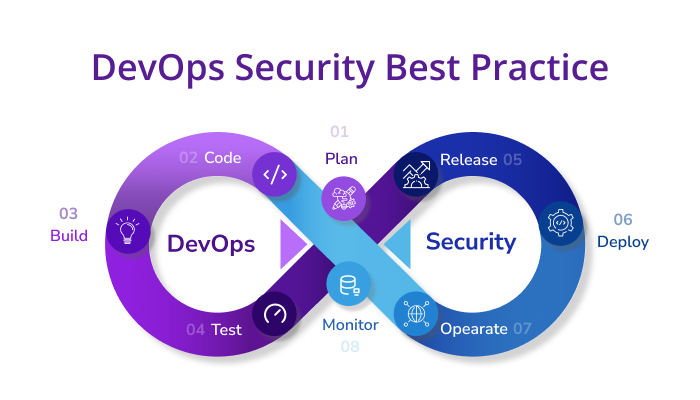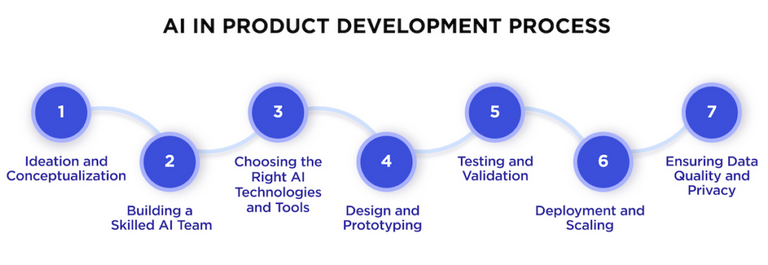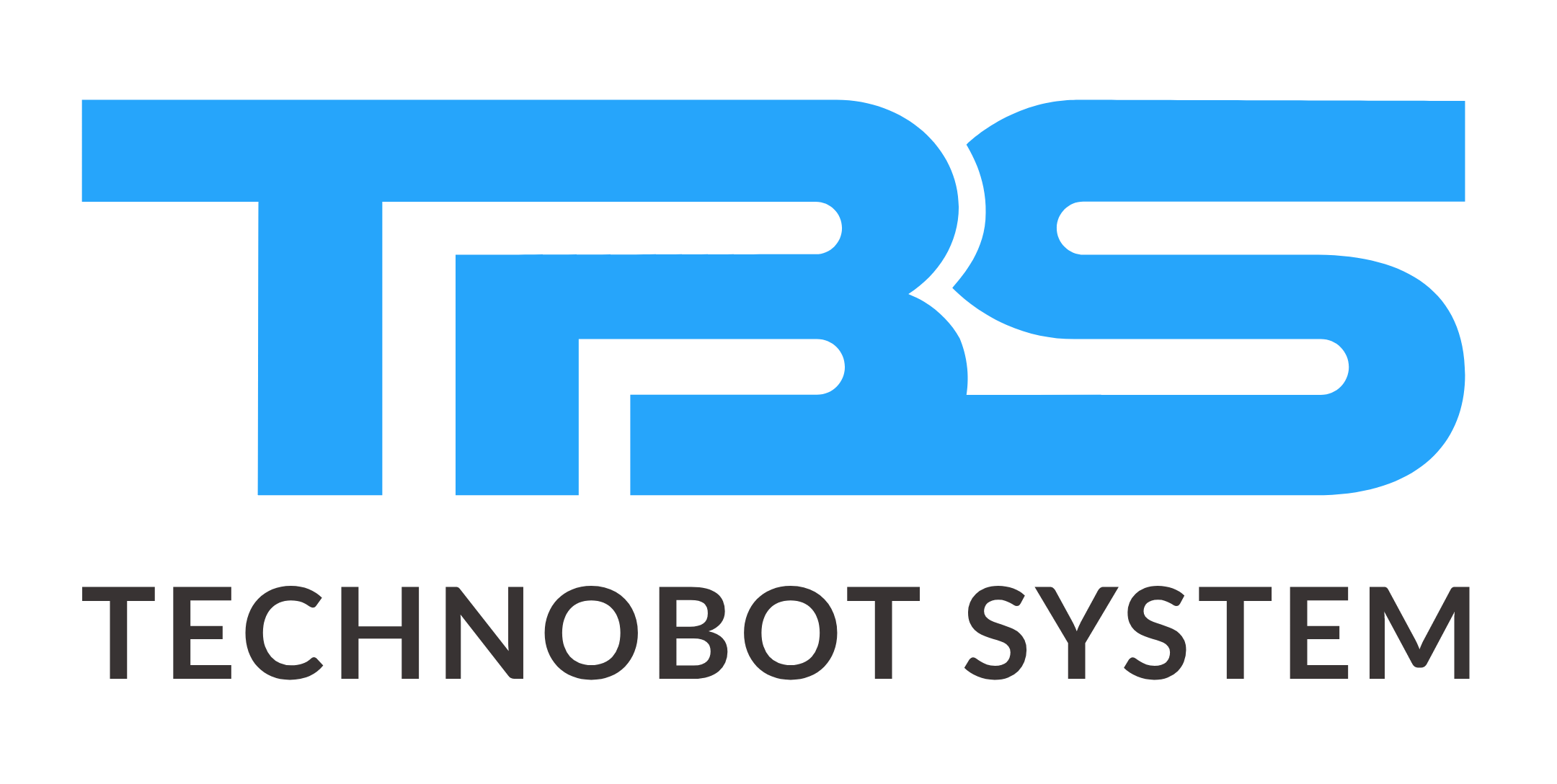Software development is changing significantly as the digital world keeps changing at a never-before-seen rate. These days, businesses are created around technology rather than merely using it. By 2025, software development will be about more than just writing code more quickly; it will also be about developing more intelligent, flexible, and scalable solutions that enable businesses to prosper in a changing environment.
Staying ahead of the curve in emerging technologies
Being at the forefront of innovation necessitates the use of cutting-edge technologies and contemporary development processes. This blog looks at the important themes that will shape the future of software development in 2025, such as cloud-native development, DevOps methods, low-code/no-code platforms, AI integration, and more. Understanding and embracing these breakthroughs allows firms to position themselves for long-term growth and technology leadership.
1. Growth of Platforms with Low-Code and No-Code
Low-code and no-code (LCNC) platforms have proliferated as a result of the need for quicker software delivery and agility. With these tools, users—even those with no technical expertise—can create apps using pre-built logic and drag-and-drop interfaces.
Why it’s important
- shortens the time needed for development
- lessens reliance on conventional coding
- gives corporate users the ability to design unique solution
LCNC platforms should become widely used by 2025, particularly for developing internal tools, streamlining processes, and rapidly prototyping MVPs.
2. Automating the Development Lifecycle with DevOps and DevSecOps
The integration of development and operations, or DevOps, remains a fundamental component of contemporary software delivery. The focus in 2025, however, will be on DevSecOps, in which security is smoothly incorporated into each stage of the development process.

Principal advantages:
- CI/CD pipelines for quicker releases
- Improved teamwork
- Security is built in from the beginning.
To help clients deploy more quickly, safely, and dependably, Technobot System Pvt. Ltd. uses DevOps best practices and tools, including Jenkins, GitLab CI, Docker, and Kubernetes.
3. Cloud-Native Development: Built for Scale and Resilience
Cloud-native apps use serverless technologies, microservices, and containerization to create apps that are tailored for cloud environments. This method provides unparalleled performance, flexibility, and scalability.
Watchful Trends:
- Container orchestration and Kubernetes
- Back-ends that are server-less and function-as-a-service (FaaS)
- Strategies for hybrid and multi-cloud computing
Businesses that do not use cloud-native technology run the danger of lagging behind in terms of cost-effectiveness and creativity by 2025.
4. Using AI in Development: Smarter Products, Smarter Code
- Software development is changing as a result of artificial intelligence, not just as a tool but also as a fundamental component of applications.
- The impact of AI on development
- Coding aids driven by AI (such as GitHub Copilot)
- Automated testing and predictive debugging
- Intelligent features such as computer vision, NLP, and recommendation engines
Applications are becoming increasingly intelligent, thanks to AI and machine learning integration—and developers are building these capabilities right from the ground up.

5. API-First Development: Modular and Scalable Architecture Application programming interfaces, or APIs, are now the cornerstone of contemporary software architecture rather than simply optional extras. In 2025, API-first development ensures that systems are made to communicate and scale efficiently.
Benefits of API-first:
- Better developer experience
- Re-usability of components
- Faster connections with third-party services
API-first ensures modular, agile development and supports building ecosystems instead of isolated goods.
6. A higher priority on the Developer Experience (DX):
Organizations are concentrating on developing work environments that enhance productivity, creativity, and job happiness as the need for qualified developers grows.
New developments in DX trends:
- Cloud-based development environments, such as Code spaces and Git-pod
- Improved tools for testing and debugging
- Platforms for integrated collaboration
Maintaining talent and expediting project completion require a smooth, effective developer experience, which is not merely a luxury.
7. Ethical and Sustainable Software Development
Ethics and sustainability are quickly emerging as fundamental ideas in software development. It is anticipated that more teams will make use of energy-efficient infrastructure and code by 2025.
- Maintain compliance and data privacy (e.g., GDPR, DPDP Bill in India)
- Create software that is impartial, accessible, and inclusive.
Software that is not just strong but also accountable and consistent with global ideals is being given priority by forward-thinking businesses.
Conclusion:
A New Era for Agile, Intelligent, and Scalable Development
The future of software development is defined by agility, intelligence, and user-centered innovation. As we approach 2025, enterprises must embrace emerging technologies and development trends to remain competitive and adaptive in a fast-changing digital market. Success is achieved by integrating advanced development frameworks with strategic vision to create scalable, future-ready solutions. Whether the goal is to modernize existing systems or create groundbreaking digital solutions, the correct experience can help turn ideas into tangible results.

